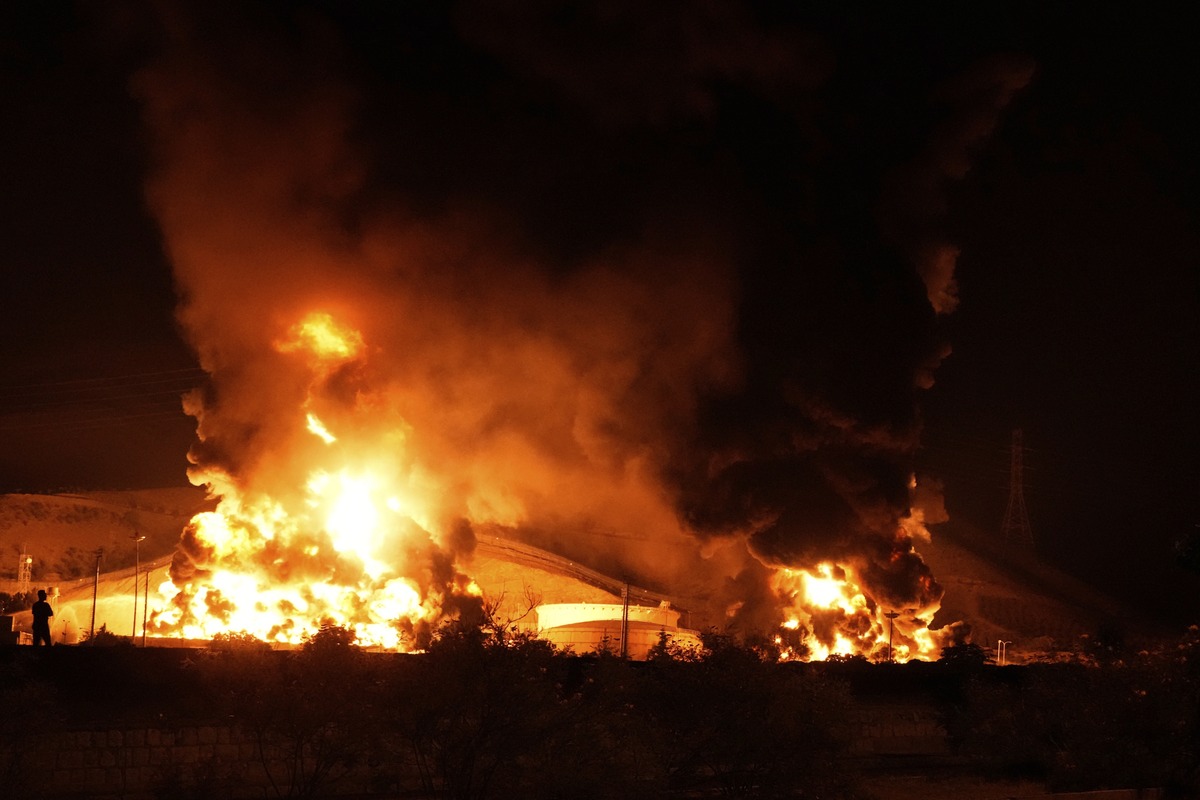🎙️ Voice is AI-generated. Inconsistencies may occur.
The Trump administration will have to contend with 13 sanctuary states and 220 sanctuary cities and counties that are refusing to fully comply with federal immigration enforcement, according to a report published by the Center for Immigration Studies earlier this month.
Newsweek contacted the White House press office for comment on Wednesday via email outside of regular office hours.
Why It Matters
Donald Trump made tackling illegal immigration one of his chief policy priorities during the 2024 presidential election. He declared a national emergency at the southern border due to unauthorized crossings shortly after being inaugurated as president for a second time on January 20.
According to data from Pew Research Center, there were an estimated 11 million migrants in the U.S. without legal status in 2022. A poll carried out by The New York Times and Ipsos from January 2 to 10 found that 55 percent of voters strongly or somewhat supported Trump's deportation plans. Eighty-eight percent supported "deporting immigrants who are here illegally and have criminal records."
The policies of sanctuary states, cities and counties risk putting them on a collision course with the federal government, with Trump having already suggested he "might have to" cut funding for cities with sanctuary policies.

What To Know
The most recent update by the Center for Immigration Studies, which describes itself as a non-partisan group that backs "a unique pro-immigrant, low-immigration vision", highlights 13 sanctuary states and 220 sanctuary cities and counties across the United States.
It defines these areas as having laws or policies that "obstruct immigration enforcement and shield criminals from ICE—either by refusing to or prohibiting agencies from complying with ICE detainers, imposing unreasonable conditions on detainer acceptance, denying ICE access to interview incarcerated aliens, or otherwise impeding communication or information exchanges between their personnel and federal immigration officers."
The 13 states listed by the Center for Immigration Studies are California, Colorado, Connecticut, Illinois, Massachusetts, New Jersey, New York, North Dakota, Oregon, Rhode Island, Utah, Vermont and Washington.
In addition, the center lists 220 cities and counties across the nation as having sanctuary status, which are displayed on the map below.
The cities include one in each of Idaho, Kansas, Louisiana, New Hampshire, South Carolina, Tennessee, Wyoming and the District of Columbia, two in Maine, three in each of Indiana and Wisconsin, and four in Kentucky and Ohio.
There are also five listed in Georgia, nine in North Carolina, 10 in each of Maryland and Michigan, 12 in each of Minnesota and Nebraska, 13 in Pennsylvania, 18 in New York, 26 in New Mexico and 81 in Virginia.
What People Are Saying
On X, Fox News national correspondent Bill Melugin said Tom Homan, Trump's new border czar, told the network he is "not happy with the pace of ICE arrests and deportations so far."
He added: "Sanctuary cities are making jobs more difficult and more dangerous—and more collaterals will end up being arrested 'if they want to play that game'."
On Tuesday, House Republican Kevin Kiley from California posted on X: "Today San Francisco's Board of Supervisors is passing a resolution to 'reaffirm' its status as a Sanctuary City. The Board previously voted to maintain sanctuary protections for fentanyl dealers.
"It's no wonder people have been leaving the city faster than any in U.S. history."
What Happens Next
Tensions between the federal government and sanctuary states and cities look set to continue, and could intensify as the Trump administration attempts to carry out its deportation program.
This could lead to Trump seeking to cut funding from states and/or cities with sanctuary policies, though such a move would likely face legal challenges.
fairness meter
About the writer
James Bickerton is a Newsweek U.S. News reporter based in London, U.K. His focus is on covering news and politics ... Read more




